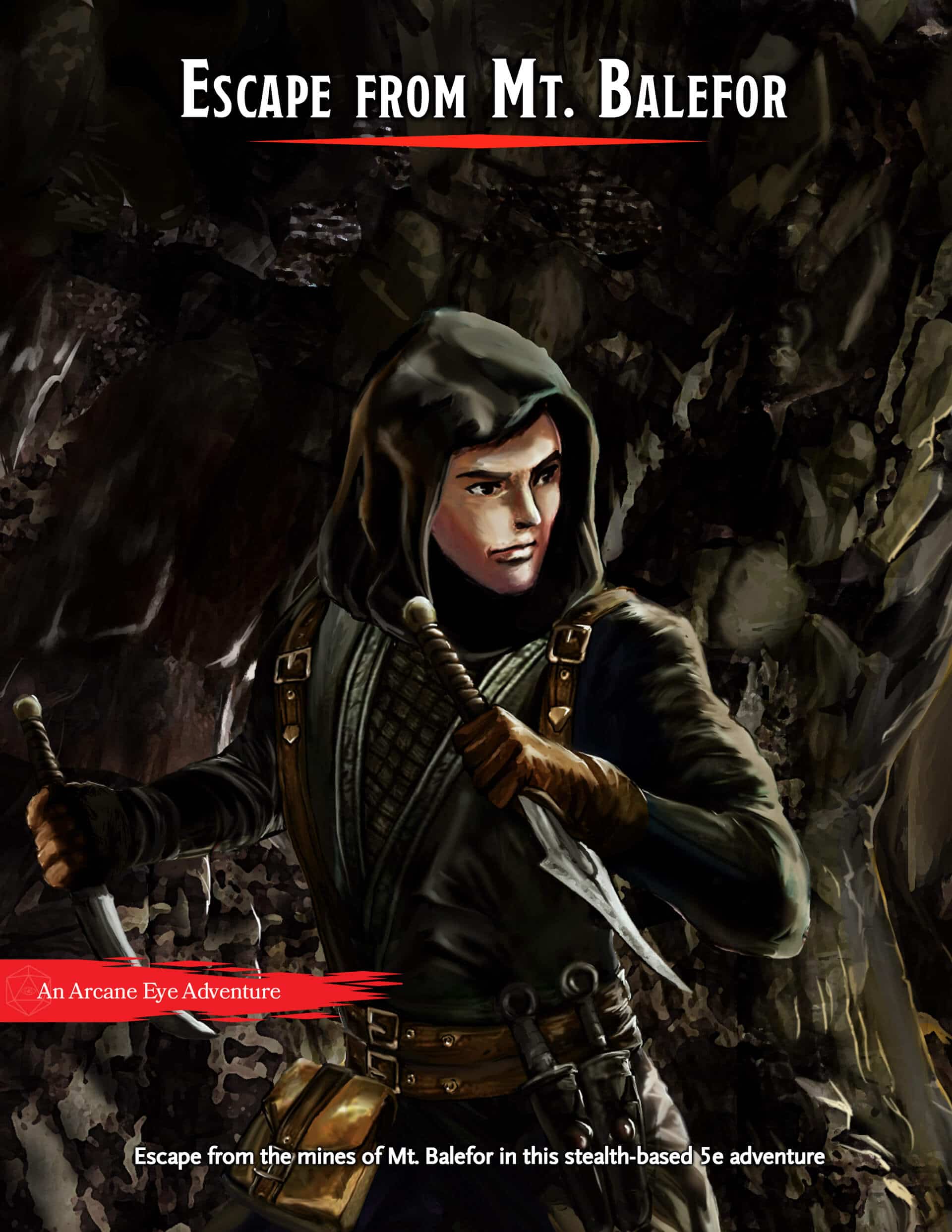Published October 23, 2024
Don’t make it easy for your enemies. Learn how characters find cover to avoid attacks in D&D 5e, and live for another day of adventure!
Victor Adam Minges – Wizards of the Coast – Towering Titan
What is a cover?
Don’t expose yourself to the light of day when the enemy shoots an arrow at you. Learning the basics of cover will help your character avoid defeat in battle, as the greater the cover, the less likely the enemy will be to hit you. Read this article to find out how to strategically blend in or risk having a target drawn on your back.
Type of cover
D&D 5e has three different degrees of cover. The benefit increases as each level of cover increases, making the character less visible to enemy attackers. Half cover and three-quarter cover give the character bonuses to Armor Class and Dexterity saving throws. Can you hide yourself completely? You can reap the benefits of full cover by preventing attackers from attacking you.
See the overview below for each coverage level and the resulting benefits.
Half or Partial Cover: +2 bonus to Armor Class and Dexterity saving throws Three Quarter Cover: +5 bonus to Armor Class and Dexterity saving throws. You can also try using the hidden action. Total Cover: Cannot be targeted by attacks or spells. You can also try using the hidden action.
The benefits of cover apply to both the person who has the cover – the character and the enemy. Hitting a target with half or three-quarter cover grants a +2 or +5 bonus to its Armor Class and Dexterity saving throws as well. It’s also important to remember that not only can you not attack a target with total cover, you can’t attack if you have total cover either. Your line of sight is completely blocked, so you have to move out of total cover to attack.
how to get cover
Players who have been through several adventures know that they never face the same battlefield twice. Therefore, your strongest weapon may be your keen eye and ability to seek safe haven when enemies approach.
There are many things your character can use for covers. Below is a short list of examples.
Type Coverage Examples Half At least half of the living things Furniture, fences, small carts, or other small-sized living things. 3/4 At least 3/4 of the creature is a large tree, rock, or another creature of the same size. Total whole creature closed door, solid wall, or creature of larger size.
The level of coverage you get from an object depends on the size of the object and your own size. If the object covers less than 50% of the character, it will not provide any benefit.
There are some less obvious ways for your character to find hiding places. This also acts as cover if an enemy or ally stands between you and the attacker. In addition, certain spells provide various defenses through powerful protection, such as blade barriers and wall spells.
Disable enemy cover
What to do if your target gains cover? There are several ways to disable enemy cover during combat. The obvious solution is to move away from the target’s cover and move to a less obstructed view, or if possible, destroy the target’s cover to get a clear shot. However, certain options can accomplish similar goals.
Here are some spells that will negate enemy cover.
Cloudkill or similar spell: A creature engulfed by a cloud takes damage regardless of cover. Sharpshooter and Spellsniper: These feats are valuable to archers and spellcasters, as there are definitely situations where the target wants cover. Sharpshooter is for archers, Spell Sniper is for spellcasters. Both feats allow the user to ignore half- and |three-quarter cover when making attack rolls, in addition to other benefits. Arcane Archer’s Seeking Arrow: This option is one of the choices from Arcane Archer’s Arcane Arrow ability. Seeking Arrow allows the Arcane Archer to fire arrows that bypass half- or three-quarter cover. Requirements for using this ability include having a clear path for the arrow and seeing the target within the last minute. Spells and cantrips that ignore cover: Certain spells and cantrips explicitly state that cover does not benefit the target. A notable example is the cleric cantrip Sacred Flame, which ignores the benefits of cover. Magic Missile: This classic spell is known for its reliability, automatically hitting the target as long as it is visible. This means it cannot be defended with half or three-quarter coverage. Class Features: The 2024 Player’s Handbook includes cover class features, such as the Force Barrier for the Rhino Warrior and the Nature Reserve for the Circle of the Land Druid.
If the character is unable to avoid the target’s cover, the character must face the consequences of the target’s higher armor class or the inability to attack at all.
please hide yourself
Understanding the basics of cover in D&D 5e will help protect you and your party from danger when danger approaches. As swords clash and arrows fly to the beat of songs, remember that keeping a close eye on your surroundings may be the key to survival. . Frodo may have said it best. When in doubt, “get out of the way!” and find cover.
Fill out the form below to receive your free copy of Escape from Mount Vallefor!

Or follow us on Instagram, Twitter, and YouTube.

